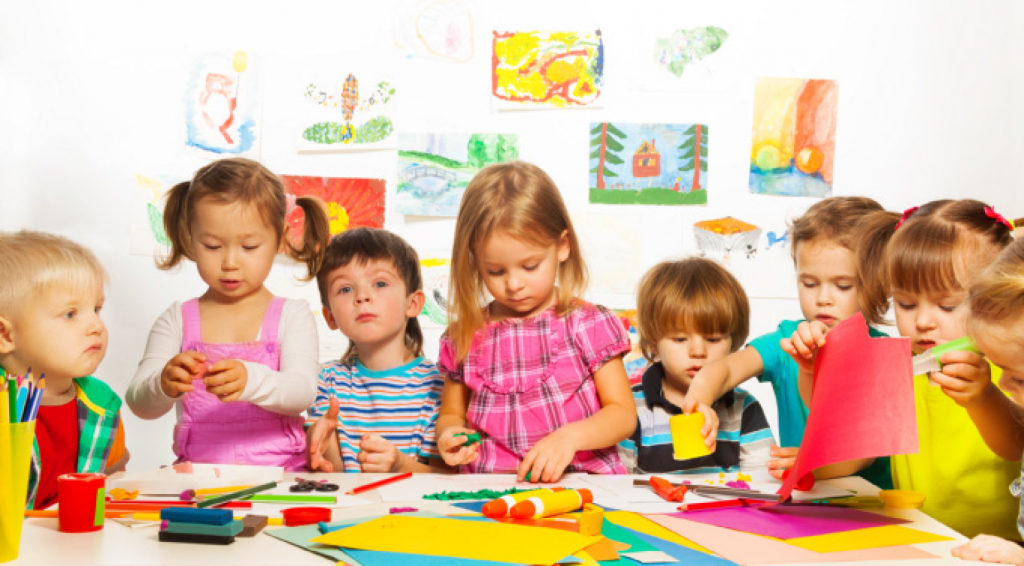
The early years sector is complex and varied and often misunderstood as a result. Unlike other education sectors, the EYFS is delivered in place in a variety of settings including schools, village halls, nurseries, children’s centres and even childminders’ own homes. It suffers from an identity crisis, as many people are unclear about its purpose—education or childcare? If a child attends a day nursery, is that childcare? or if they go to a school-based setting, is that education? This confusion is further compounded by the different levels of qualifications—maybe it’s only qualified teachers that offer education? And of course, there is also the deeply rooted perception that children under 5 are ‘just playing.’
All of this has contributed to a culture where early years is often viewed as a stepping stone to school, somewhere children go to play and socialise or a facility for working parents.
But Ofsted make the case that ‘Research has never been clearer—a child’s early education lasts a lifetime. Securing a successful start for our youngest children, and particularly those from disadvantaged backgrounds, is crucial’.1
Early years education is therefore important and is enshrined in legislation, but even the statutory requirements give the impression that the early years sector is about preparing for something else—’school readiness’.
The Early Years Foundation Stage (EYFS) Framework ‘promotes teaching and learning to ensure children’s “school readiness” and gives children the broad range of knowledge and skills that provide the right foundation for good future progress through school and life.’
Real learning is not often associated with the EYFS, being perceived by some as starting in Key Stage 1 and being typically defined by a scenario involving a child sitting with a pencil in their hand, or on a carpet with an adult talking to them.